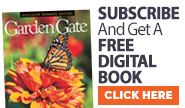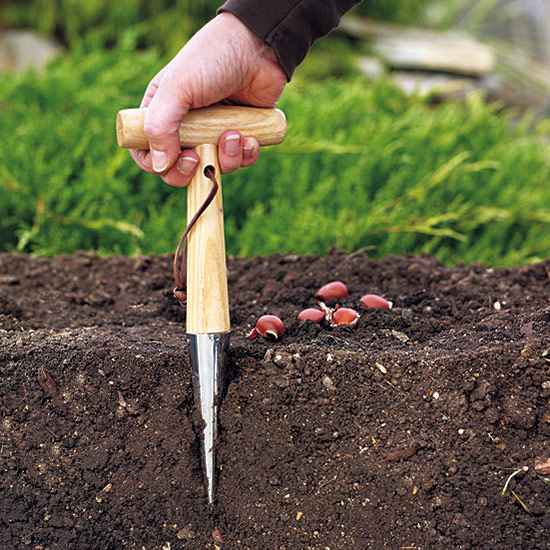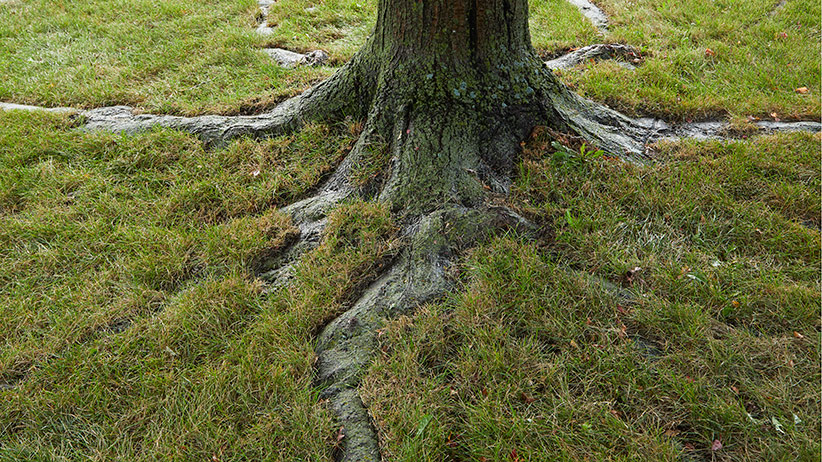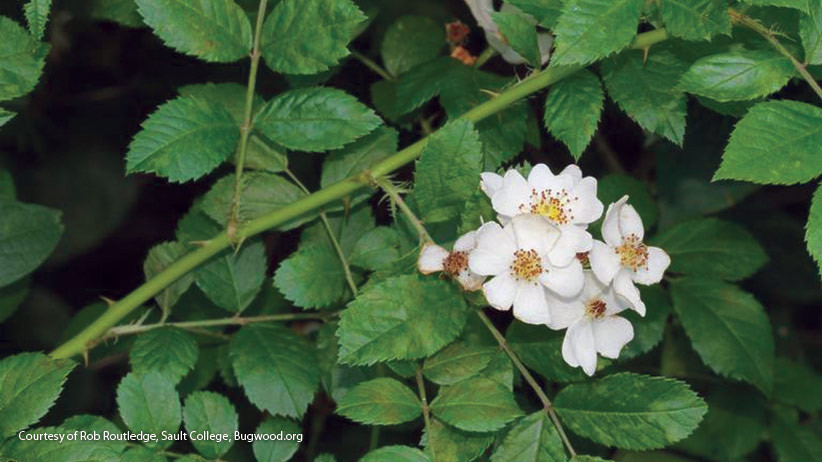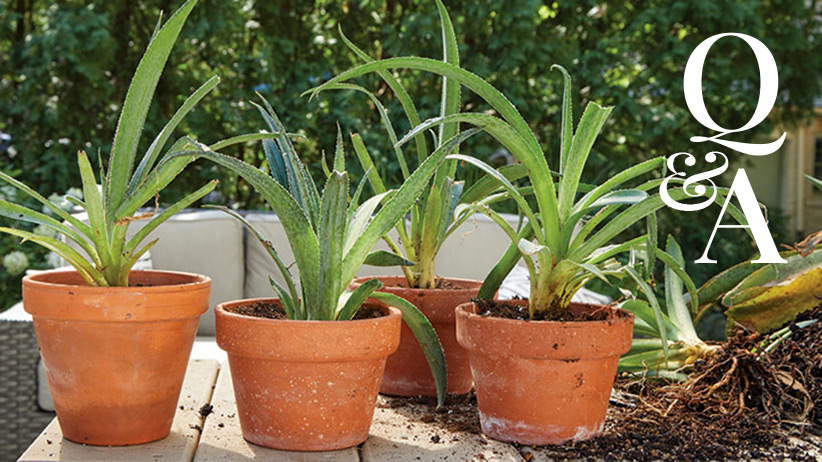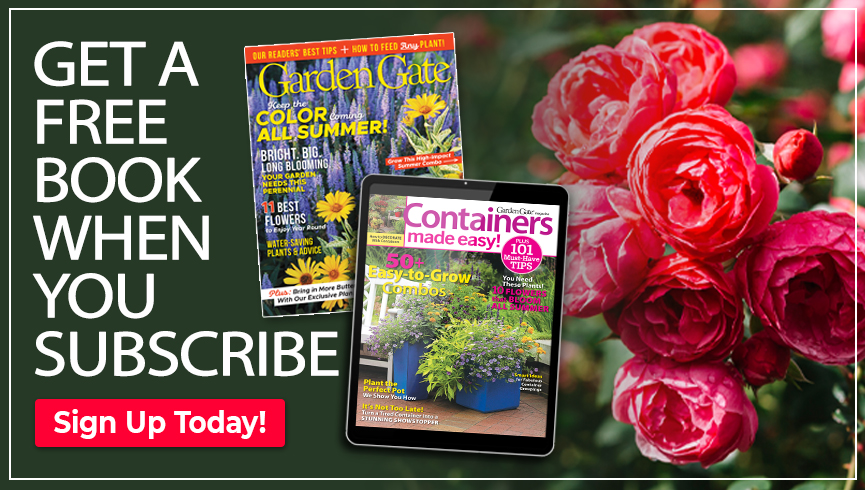Make bulb planting easier
Not many flowers rival the welcome splash of color that spring bulbs can give you. But if you’ve ever planted them in fall, you can appreciate the effort that goes into planting...it’s not always easy! However, it doesn’t have to nearly kill you every year. After years of trial and error, I’ve found that the right bulb planting tool really can make the difference. No one tool is the answer. It depends on what kind of bulbs you’re planting, how many you have to plant and what shape your soil is in. Read on to find out which method will work best for you.
Finding the right bulb planter
Let me show you how you can save some time and prevent aches and pains this fall. These tools are what you’ll use when you can’t (or don’t want to) dig a trench, arrange the bulbs and cover them back up. Maybe you just have a few bulbs to plant. Maybe you don’t have room to dig a trench. Maybe you’re planting in your lawn. Whatever your plans are this fall, I hope these bulb planting tips can make your work easier.
Invest in quality tools
I really dislike a cheap tool that bends backward when I push it into the soil. Look for cast or forged tools that aren’t welded or riveted to the handle, they are the least likely to bend or fall apart with use.
You Might Also Like:
Should You Own a Bulb Auger?
Best Battery-Powered Garden Tools
Best Places to Buy Bulbs Online
Adaptive Tools for Gardeners
How to Buy the Best Flower Bulbs
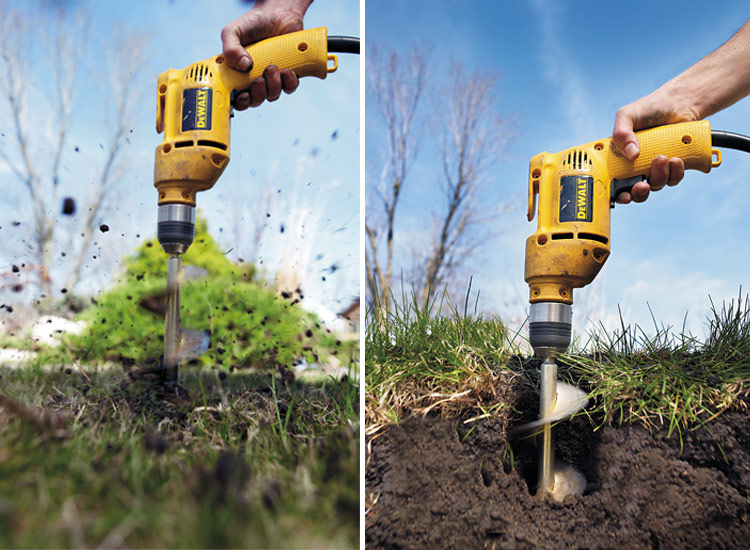
Use a bulb auger when you have a lot of bulbs to plant
Simply tighten this bulb auger attachment into your drill and you can dig a lot of holes without much effort. You can use an auger in lawns and even tough garden soil (but stay away from tree roots and hard-packed clay). Just make sure you’re using a 12-in. or shorter-length auger (the one above is 7 in.). The longer ones are more likely to bend when the going gets tough. However, the long-shafted augers are more comfortable to work with (you don’t have to bend as much) and they’re fine if you’re working in prepared soil.
I use an electric ½-in. drill with my auger because running an extension cord is no big deal in my small yard. A powerful battery-operated drill also works, but, for big jobs, you may have to recharge or switch battery packs frequently. See how the auger is kicking dirt out of the hole? Run it both as you push down and pull up to get the cleanest hole. (And wear eye protection.) Need a bigger hole for giant daffodil bulbs? Drill two holes side by side.
Make it easier on yourself
When you’re planting bulbs 6 in. or so apart, here’s a tip: Recruit a friend. Why? If you drill more than one hole at a time, holes this close together tend to cave in on one another. So use a drill-and-drop planting technique: One person drills, the other drops the bulb into each hole and refills it. This means you won’t have to drill a hole, put down the drill, drop a bulb in, refill the hole, drill another hole, etc.
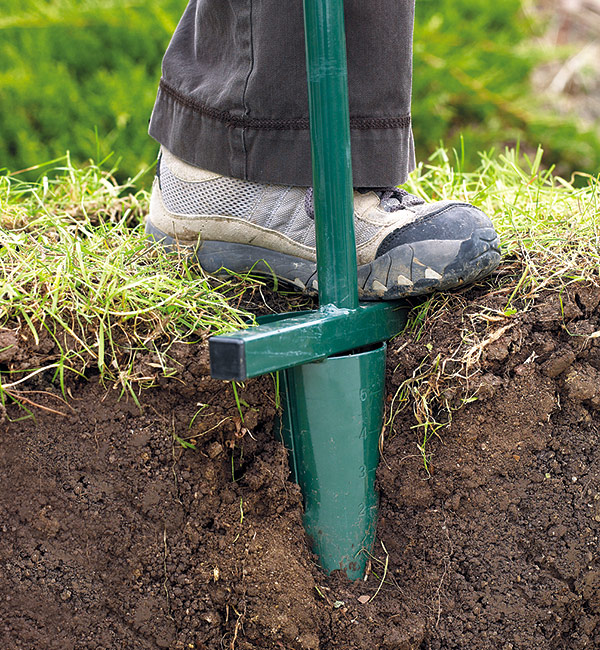
Use a traditional bulb planter when you have just a few bulbs to plant
A traditional bulb planter can be handy because it digs the right size hole and gives you planting depth at a glance. A long-handled bulb planter makes it easy on your back and knees. Just step on it to plunge the digging end into the soil. Do wear sturdy shoes if you’ll be digging lots of holes so you don’t bruise the bottom of your foot.
It works best in prepared soil and pretty well in turf because you’re able to put your body weight into the digging. But steer clear of using it in heavy clay. Even if you did manage to muscle this tool through heavy clay, it would smooth and compress the sides of the hole, making future root growth more difficult. If you’re buying a bulb planter, look for one that’s welded together rather than attached with bolts or rivets. Those connections get wobbly after a bit of use.

Try a short-handled bulb planter
I like modern short handled bulb planters like the one above better than the traditional short-handled version because of its quick-release lever. Even so, using it can still be tiring, so I only get it out if I’m planting a few bulbs in well-prepared soil. It’s also handy for planting small annuals in spring.
You Might Also Like:
6 Ways to Create a Beautiful Spring Garden
Linda Vater's Favorite Tulips
Find the Right Bulb for Your Garden
Best Daffodils for Your Region
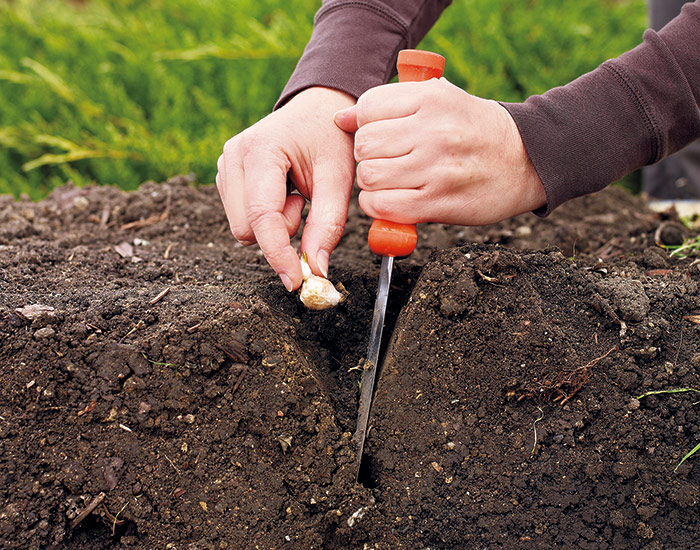
Use a soil knife when planting small bulbs
For minor bulbs like grape hyacinth, crocus and snowdrops, a soil knife is really simple to use: Slice it into the soil to the depth you want, rock it back to open a hole, drop in the bulb, slide the blade out and close the hole up again. It works well in lawns if you want to start a patch of naturalized crocuses, and it’s easy in prepared soil. The soil knife is narrow enough that I don’t make a bigger hole than I need. If you have a narrow trowel in your shed, try it, too.
You Might Also Like:
How to Grow Grape Hyacinth
Secret To Getting Your Tulips to Bloom Longer in Spring
Spectacular Spring Front Yard
Companion Plants for Spring Bulbs
Try planting with a dibble
A similar alternative for prepared soils or in containers is a dibble or dibber like you see above, which you usually use for planting seedlings. Open a hole, drop in a bulb, fill the hole. That’s all there is to it!
